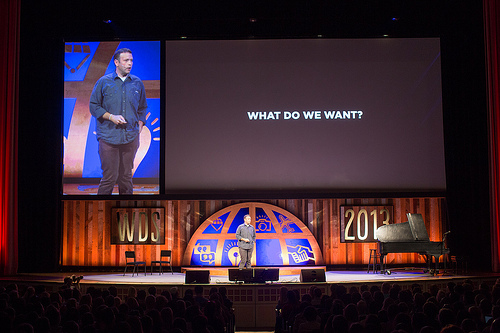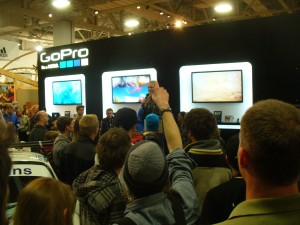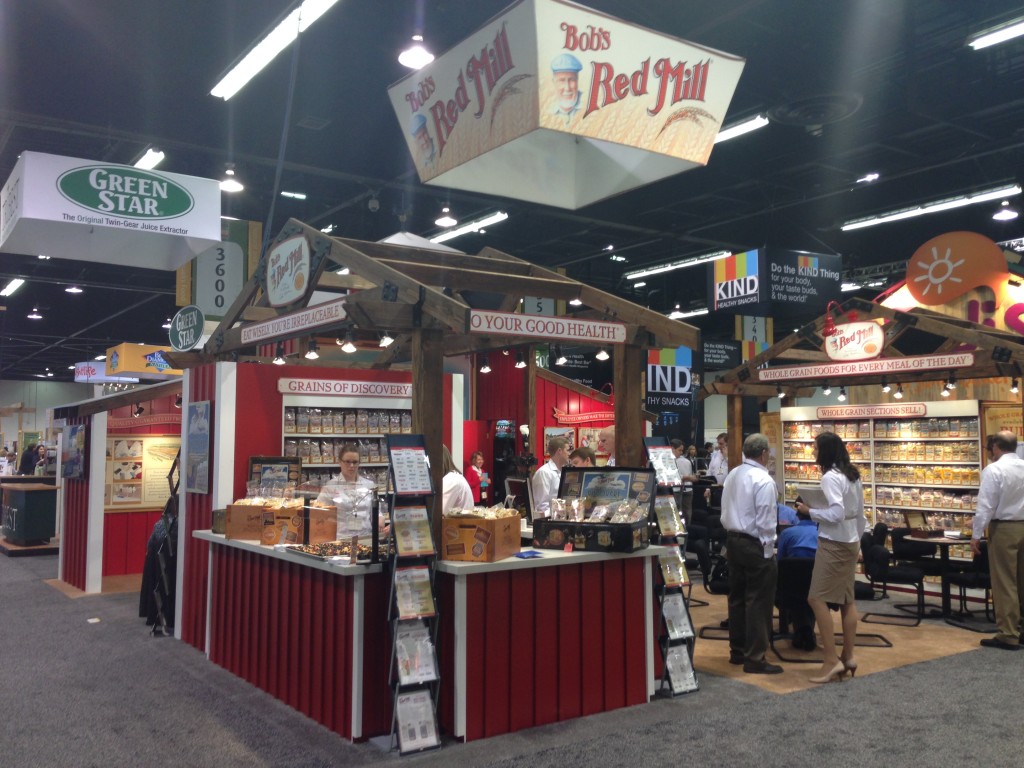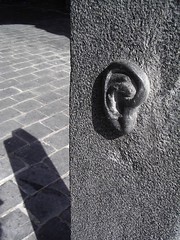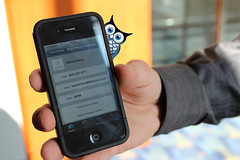Five ways to use social media at your next trade show event
The following is a guest post by Amanda of It’s Blogworthy.

Several years ago, trade shows were a completely different type of event. Vendors spent time face-to-face with clients, but after clients moved to the next booth, the interaction was essentially over. Marketers at trade show events worked tirelessly to bring customers in to their company’s area with giveaways, door prizes and specialty items.
In the past few years, trade shows have become an interactive event that begins before the show starts and doesn’t end until far after the booths have been packed up. Although marketers still use traditional materials (free pen, anyone?) social media has allowed them to connect with clients and potential clients in a whole new way. Will you be attending a trade show soon? Download the best apps for trade shows and check out these five ideas for making the most of social media at your next trade show.
Promote your attendance before the trade show begins on Facebook to build excitement about the event. Encourage customers who will be attending the event to visit your awesome Nimlok booth, and use your social channels to engage with them before you set foot at the event. Create a Facebook event and invite your customers, which can help you see what kind of traffic your booth might have. Use questions and polls to gauge interest. During the event, post up-to-the-minute pictures and behind-the-scenes shots of your booth, and don’t forget to post a post-event wrap-up.
- Use Twitter to connect with your customers and other vendors using the official hashtag for the event. You can use this hashtag to judge social media interest in the event and seek out your target audience. Twiter is a great way to break the ice before the event and establish friendly relationships with potential customers, which may encourage them to stop by your booth when they arrive. Twitter is also a great way to connect with reporters, media outlets and influencers who will be covering the event; you may be able to spread news about promotions or company news through these channels.
- If you have products that can be demoed – or an especially charismatic sales rep who will be attending the trade show – YouTube can be a great marketing tool before your trade show, during and after. Think about creating a series of videos hyping up your booth and sharing it through your social media channels and on the official hashtag for your event. At the trade show, take a quick video of your booth in action, or short interviews with individuals who stop by your booth (especially if he or she has a large social media network and may re-share your content.) YouTube makes it easy to create fun, informative videos and get them out to your audience quickly.
- Create a Foursquare listing for your booth and encourage people to check in when they stop by. Foursquare may not be utilized by an extremely wide audience, but for the tech crowd, “mayorships” and badges can be highly sought-after social media rewards. Also, offer a prize for checking in to encourage the use of this channel with your audience.
- Twitter, Facebook and Foursquare are all fun ways to enhance your trade show experience, but LinkedIn may be the way to close the deal with new clients or customers. Encourage them to join your company’s LinkedIn page to learn more about your business and connect on a professional level. You can also use your LinkedIn channel to promote professional development seminars or speaking engagements during the trade show event.
About the author: Amanda is a social media manager for a health care organization by day and a blogger and freelance writer by night. She’s also a mom to an amazing 2 year-old boy and wife to a great guy who indulges all her celebrity gossip. Amanda loves coffee, fashion, social media, and cats (not always in that order.) Her work has been published on family.com and blogher.com. Visit Amanda’s blog, It’s Blogworthy or follow her on Twitter and Google+.

